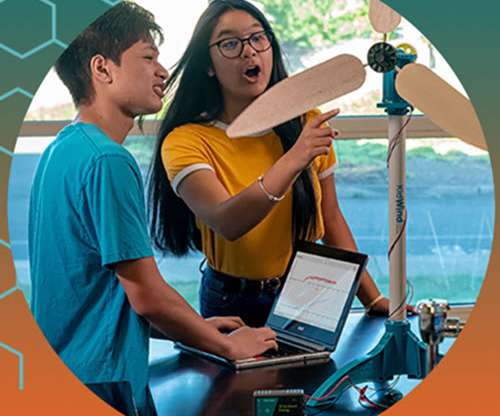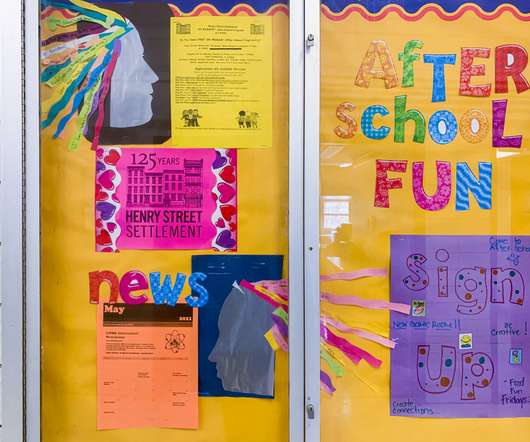PROOF POINTS: Controversies within the science of reading
The Hechinger Report
FEBRUARY 26, 2024
In fact, controversies are emerging about an important but less understood aspect of learning to read: phonemic awareness. A new meta-analysis confirms that the answer is no. If you teach blending and segmenting using letters, students are learning to read and spell.” And that’s the source of the current debate.


























Let's personalize your content